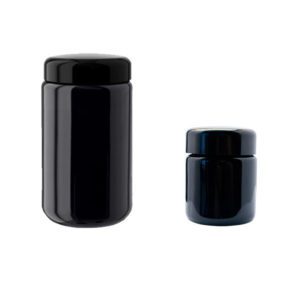EYE DROPPERS [Eyedropper]: Glass, Plastic 1ml, 3ml, Rubber teat
An eye dropper, also known as a Pasteur pipette or dropper, is a device for transferring small amounts of liquid. They are used in laboratories as well as to distribute small volumes of liquid medications. Dispensing eye drops into the eye was a common application. Although various designs of both plastic and glass droppers exist, the most popular is a glass tube tapered to a small tip (a pipette) and equipped with a rubber bulb at the top. The pipette and rubber bulb combo has also been referred to as a teat pipette. The Pasteur pipette gets its name from French scientist Louis Pasteur, who used a variation of it frequently during his studies. There was no apparatus to transport a chemical solution without exposing it to the outside environment in the past. The cleanliness and purity of chemical substances are required for each experiment to get the desired results. Both glass and plastic eye droppers can be sterilized and plugged with a rubber bulb at the open end of the pipette to prevent contamination from the environment. They are generally regarded inexpensive enough to be disposable; but, as long as the glass point is not chipped, the eye dropper can be washed and reused indefinitely.
- Reliable glass type with removable rubber teat and plastic disposable type in 1ml or 3ml sizes for use in the laboratory.
- Also a quality spare rubber teat is available.




